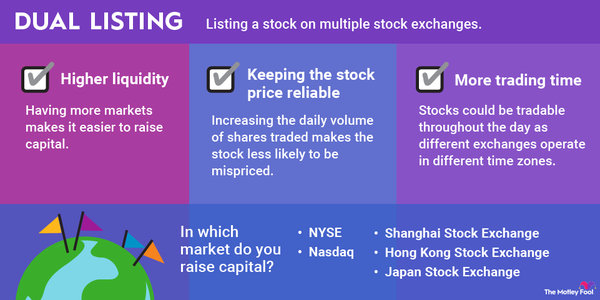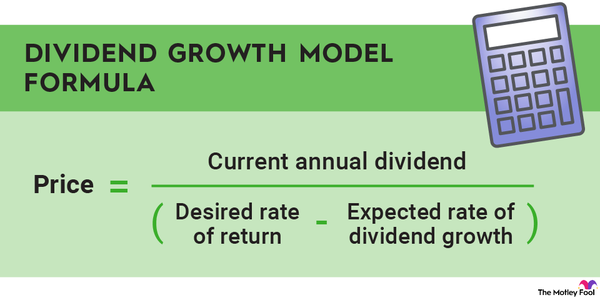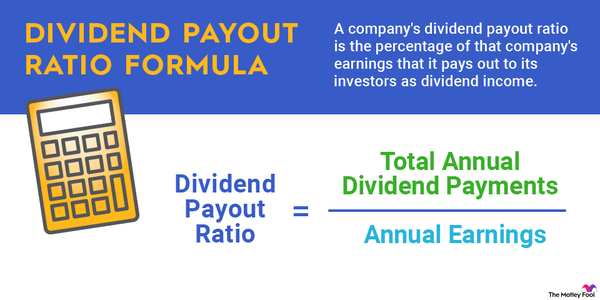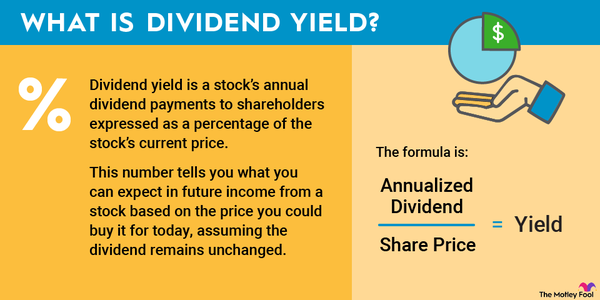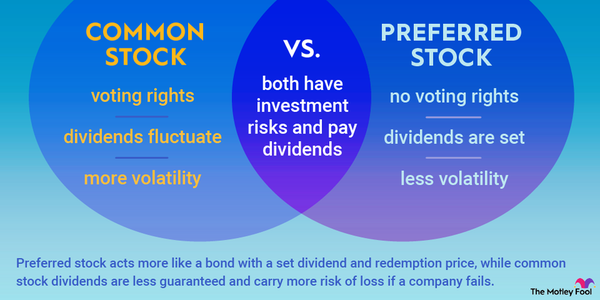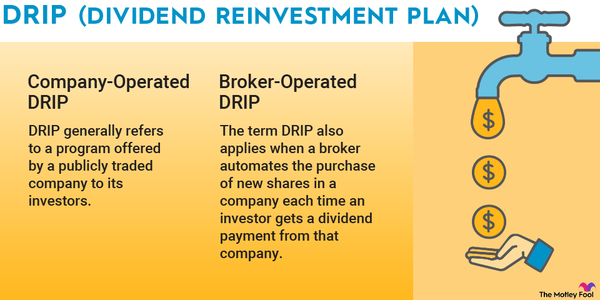Owning and running a business takes money -- and sometimes a lot of it. What you can't generate from sales can come from different types of financing, including debt financing. Read on to better understand what debt financing is and how to gauge it as an investor.

What is it?
What is debt financing?
When a company needs money, financing is often the first line of defense. Debt financing is when a company borrows money with the intent of repaying it to cover costs. But there's a great deal of risk involved in debt financing, since a regular payment is due, whether that's to a bank, private financiers, or bond holders.
It's natural for a company to need to borrow money for expansion or to restructure other debt, but it comes with a real cost. As an investor, it's important to fully investigate how responsible your company is with their debt burden, and compare it to others in the same industry to see how it ranks.
Types
Types of debt financing
There are many different ways for companies to do debt financing, including:
- Selling bonds, bills, or notes
- Borrowing term loans
- Utilizing lines of credit
- Tapping revolving credit facilities
- Taking advantage of equipment financing
- Getting merchant cash advances
- Using trade credit
- Leveraging convertible debt
Selling bonds, bills, or notes is a very popular method of debt financing among large publicly traded companies since they can be relatively certain that they can repay the instrument holders their principal plus interest. This can be an inexpensive way to raise money, depending on the prevailing interest rates, but requires more management than a simple loan.
However, borrowing money as a corporation can be well beyond a simple matter, since banks will scrutinize books and assets very carefully before making a lending decision. It is sometimes simply easier to issue bonds than to try to go through a traditional lending process.
Debt financing vs. equity financing
Debt financing versus equity financing
Along with debt financing, many companies also use equity financing to help cover big expenses. The two are not the same and, in fact, are almost polar opposites. Unlike debt financing, equity financing has no repayment obligation, but the company has to give little parts of itself away to others, often in the form of shares.
With debt financing, a company remains whole and can control its own destiny. With equity financing, other owners are brought into the mix. This can severely alter the trajectory of a business, depending on the amount of equity financing.
Related investing topics
Why it matters
Why debt financing matters to investors
Knowing just how much a company is financing to continue operations is a crucial part of evaluating its financial health. Some sectors borrow a lot more than others, and some companies will borrow a lot when they're in a growth phase, so the debt a company has isn't necessarily a red flag. However, if you look at the debt of a company and see that it's high relative to others in the industry, it's important to find out why -- and if the debt is simply high due to mismanagement, well, you have your answer about what kind of company you're looking at.
There are many ways to do that, but one common metric that's used by investors is the D/E ratio. This is the debt-to-equity ratio, which can help you see just how much debt a company has versus how much shareholder equity it possesses. Essentially, it answers the question of where the company generally goes for money and how well it's using its debt.
A high D/E ratio is a warning that the company is at greater risk for financial problems, since that debt payment is due regularly and more debt means more risk of default. A low D/E ratio isn't ideal, either, though. You want to see that a company is using debt responsibly, not avoiding it entirely.
You can calculate the D/E ratio by dividing the total liabilities (debt) by the total shareholder's equity. Both are readily available on the company's most recent balance sheet. This number alone is useless, but if you do the same calculation for major competitors, you'll be able to see how your company compares to other players in the sector.
































